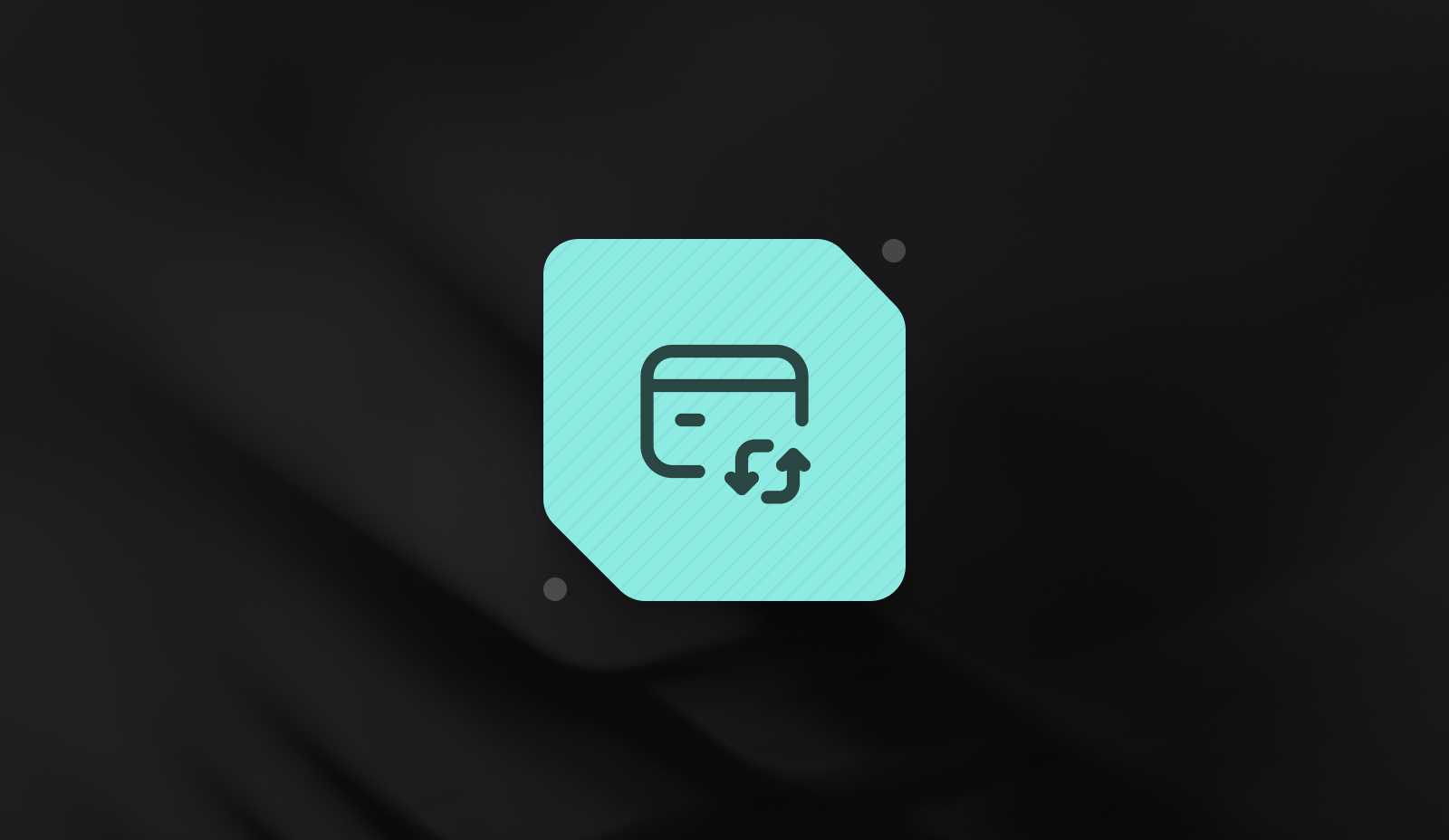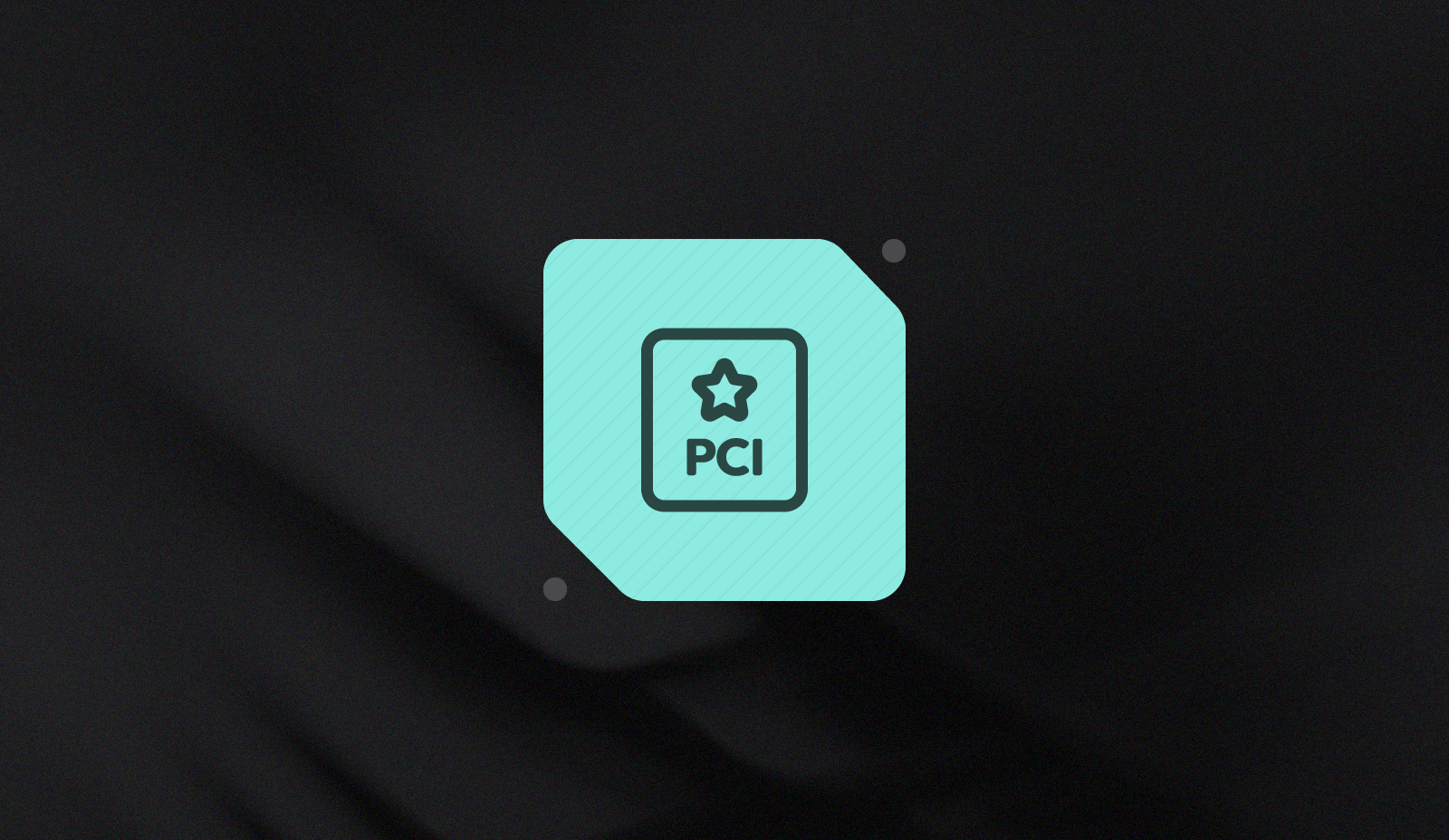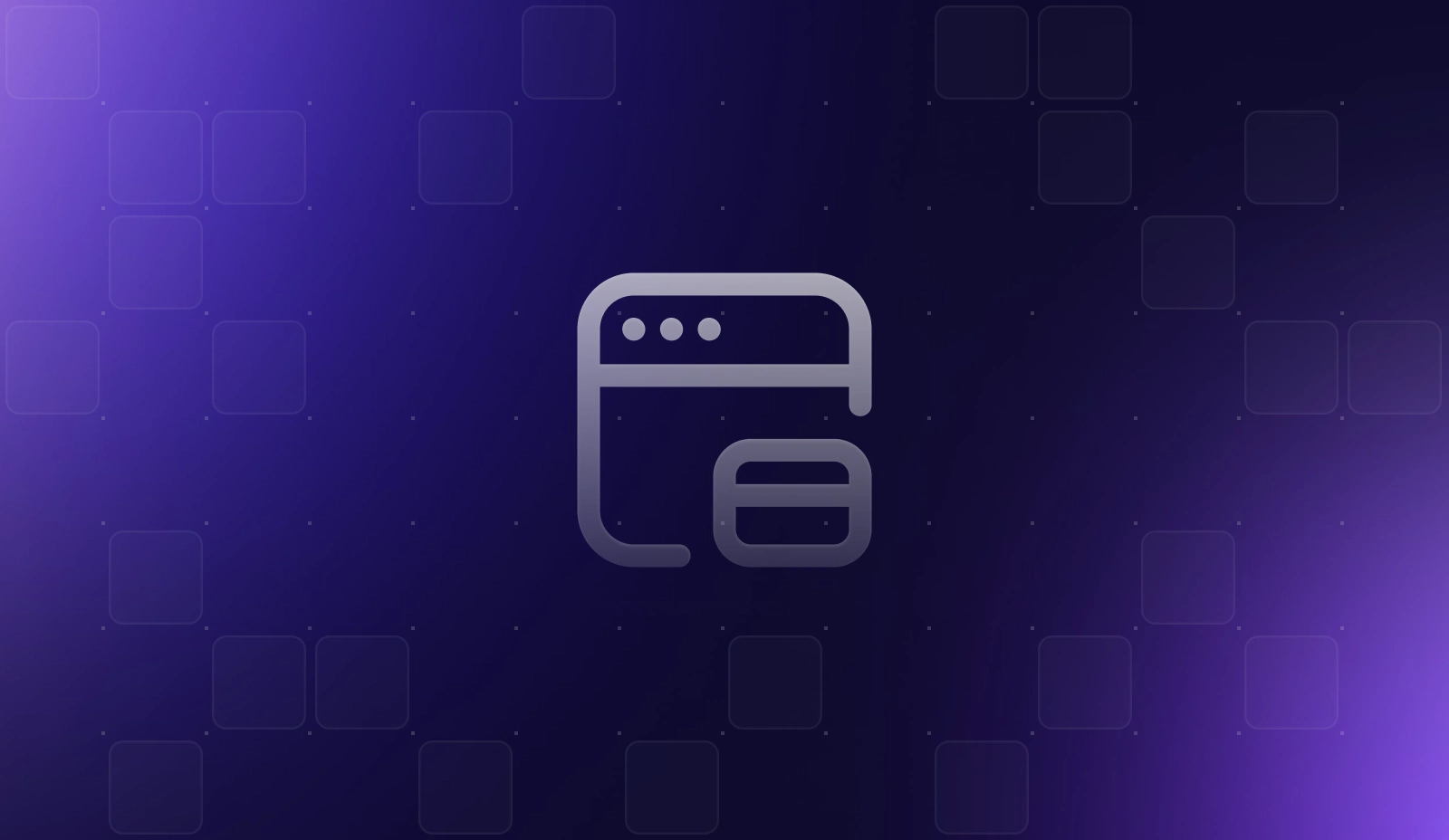Credit Card Processing Levels

When a credit card transaction occurs, it carries detailed payment data to better classify and analyze the purchase with the card networks. The amount and type of data included will differ depending on the credit card processing level, which is directly linked to the type of transaction.
Each credit card transaction is placed into one of three processing categories: Level 1, Level 2, or Level 3. Each successive level requires more detailed data for verification and authorization of the transaction.
Credit Card Processing Levels
| Level | Data Requirements | Typical Card Type | Merchant Type |
| Level 1 | Amount, Date, Merchant Information | Consumer Cards | Most B2C Businesses |
| Level 2 | Level 1+ Tax Amount, Customer Code | Consumer Cards | Mid-Size B2B & SaaS |
| Level 3 | Levels 1,2+ Item Detail, SKU, Freight Unit Price | Large Corporate & Government Cards | Enterprise B2B & Government Vendors |
Level 1 Credit Card Processing
The data required for a Level 1 transaction to complete is basic, with just a few items necessary:
- Merchant Name
- Transaction Amount
- Date
When consumers use their personal credit cards to make purchases, also known as business-to-consumer (B2C) transactions, these are classified as Level 1 transactions. Consumer cards, regardless of the amount of data passed along to the card networks, will always process as Level 1 transactions.
Level 2 Credit Card Processing
Business-to-business (B2B) payment processing typically classifies as Level 2 credit card processing. Typically, these transactions are completed with business-specific payment methods and offer the ability to monitor and control corporate and employee spending.
The card networks require that these commercial card transactions include all data found in Level 1 processing, as well as the following detailed data:
- Customer Code (Only for government or purchasing cards.)
- Merchant Postal Code
- Sales Tax Identification and Amount
- Invoice and/or Order Number
- Merchant Tax ID
Level 2 transactions can benefit from lower interchange rates as the risk for fraud decreases when all data points align and are verified.
Level 3 Credit Card Processing
Level 3 requires the most detailed data, and transactions are often made with government or corporate purchasing cards. Government agencies and businesses use purchasing cards for enhanced reporting and more control over employee purchases.
The data fields required for Level 3 processing includes those from Level 2 transactions, in addition to:
- Item Product Codes and Descriptions
- Quantities
- Item Tax Rate
- Ship-From, and Destination, Postal Codes
- Freight Amount
- Duty Amount
- Country Codes
Level 3 transactions can benefit from the lowest interchange rates as the risk for fraud decreases when all data points align and are verified. Additionally, merchants must process between 20,000 and 1,000,000 transactions annually to qualify for Level 3 processing through Mastercard and Visa.
Benefits of Using Levels 2 and 3 Card Processing
For B2B transactions, merchants can see significant payment processing benefits by providing the necessary information for level 2 and level 3 transactions.
Commercial cards are eligible to receive the reduced fees Levels 2 and 3 offer, but only if all the required information is provided. If any required data point is missing from a transaction, that transaction will process at Level 1 rates. Therefore, setting standard data collection fields on every transaction, and declining if not all are met, can benefit merchants wanting to keep transaction fees low.
Due to increased security and controls, many government and institutional agencies are requiring vendors to submit Level 3 card data. Therefore, merchants that work heavily in these sectors should standardize all transaction data collection to meet Level 3 requirements.
What are the Fees By Card Processing Level?
An important distinction about fees is that merchants will pay a merchant discount fee to the financial institution, not interchange reimbursement fees. What this means is that, regardless of the actual interchange rate, merchants will pay according to their contracted discount fee through a payment provider, which could include a flat rate, interchange plus, or some other hybrid rate.
Merchants that process a significant amount of Level 2 and Level 3 transactions may find that an interchange-plus contracted rate could offer a significantly lower merchant discount rate over a standard flat rate. Knowing this ahead of payment provider selection and contract signing could save many B2B merchants significant amounts in fees.
According to the Visa USA Interchange Reimbursement Fees guide, the interchange rates are effective October 14, 2023 are as follows:
|
Transaction Type |
Fee (Purchasing) |
|---|---|
|
Non-Qualified |
2.95% + $0.10 |
|
Commercial Level II |
2.50% + $0.10 |
|
Commercial Level III |
1.9% + $0.10 |
|
Standard Interchange Fee, Debit |
1.90% + $0.10 |
|
Standard Interchange Fee, Prepaid |
1.90% + $0.25 |
Non-Qualified transactions (broadly and simply stated as not Levels 2 or 3) process at 2.95% +$0.10. Level 2 is slightly more favorable with a fee of 2.50% + $0.10, and Level 3 is significantly more favorable at 1.9% + $0.10.
Knowing that many all-in-one PSPs upcharge the interchange fee as a means of revenue generation, selecting a PSP that meets your business needs can be crucial. Be sure to select partners that can assist with sending the correct level-appropriate data along with transactions, and can do so at a favorable cost for your bottom line.
.png?width=365&height=122&name=BTLogo%20(1).png)



